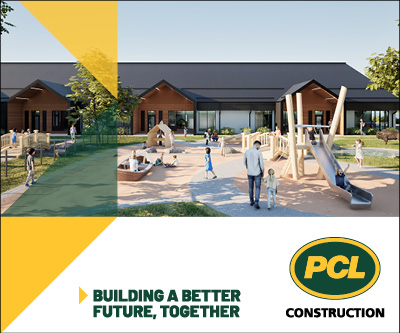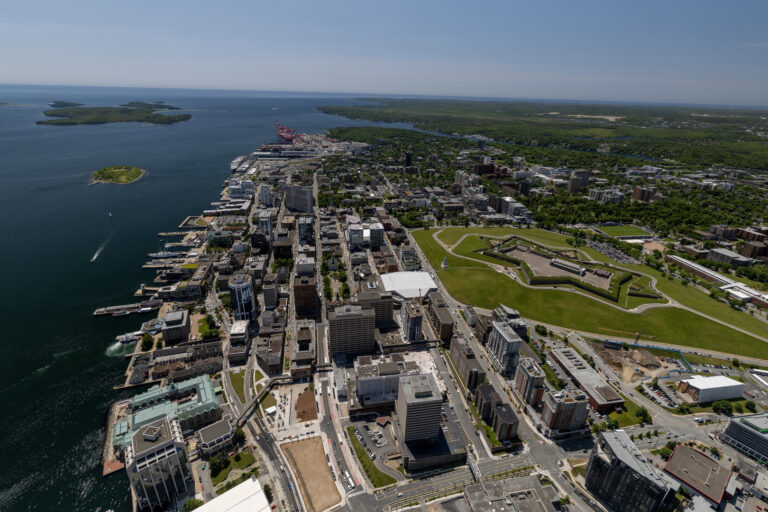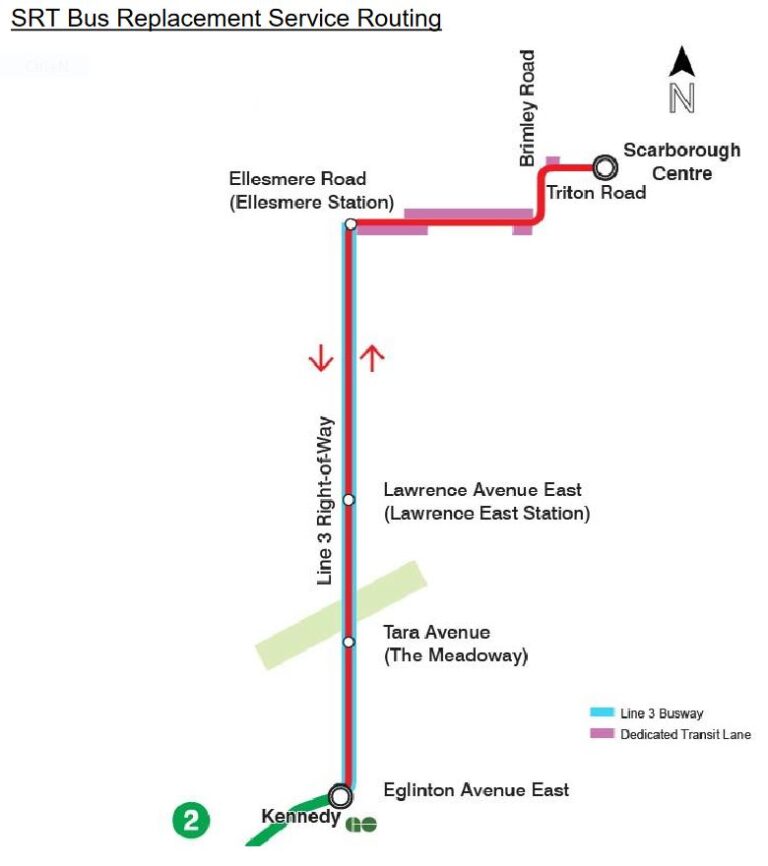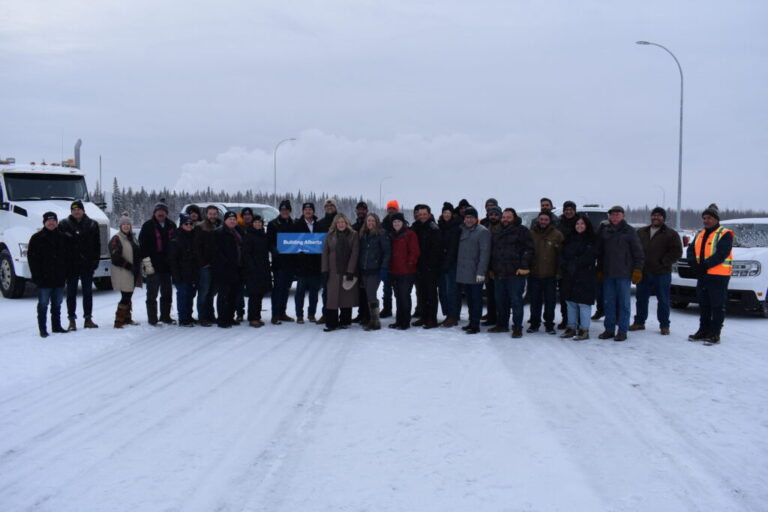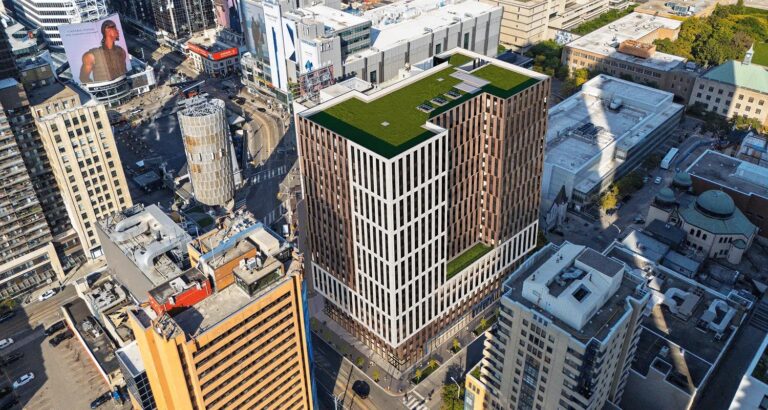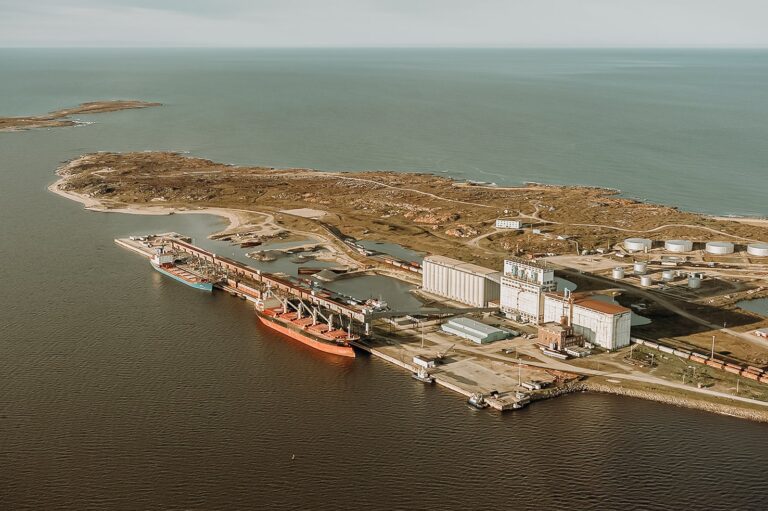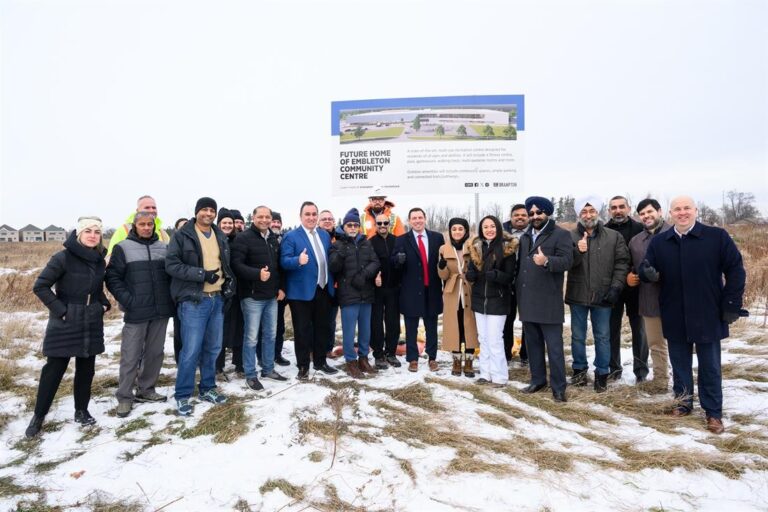The Nuclear Waste Management Organization (NWMO) announced it has launched a two-year engagement process to refine the site selection approach for Canada’s second deep geological repository to manage radioactive waste in Canada.
The NWMO released a discussion document on its proposed approach for siting the second deep geological repository, inviting feedback from Canadians and Indigenous Peoples to help refine the site selection process.
The second repository will contain and isolate intermediate- and non-fuel high-level radioactive waste, and potentially used nuclear fuel from new reactors built in Canada in the future.
“Like many countries with commercial nuclear power programs, Canada is planning for the future,” said Laurie Swami, president and CEO of the NWMO. “There is international scientific consensus that a deep geological repository is the safest way to manage intermediate- and high-level waste over the long-term.”
Intermediate-level waste includes equipment and components that have been used inside nuclear reactors in the production of electricity from nuclear fuel, but excludes nuclear fuel itself, which is high-level waste.
Non-fuel high-level nuclear waste includes small quantities of materials used in the process of making medical isotopes. Many isotopes are used for cancer treatments, diagnosis and sterilization of medical equipment. Canada is a leading global producer of medical isotopes.
Canada’s intermediate- and high-level waste is currently stored safely on an interim basis, but the methods used today are temporary and not suitable for the very long term. Canadians and Indigenous Peoples have consistently told us that the work to safely manage radioactive waste for the long term needs to be undertaken now to remove the burden from future generations.
The first repository will house exclusively used nuclear fuel from nuclear generating stations that have closed down or are currently in operation. The NWMO will soon begin a multi-year federal regulatory process to independently confirm the safety of the first repository before the project proceeds.
For the second repository, the NWMO will continue its longstanding focus on technical safety and community willingness as primary site selection criteria. The site selection process will begin in 2028.
Featured image: The NWMO has launched a two-year engagement process to confirm and refine a site selection approach, as planning begins for a second deep geological repository to manage radioactive waste in Canada.



